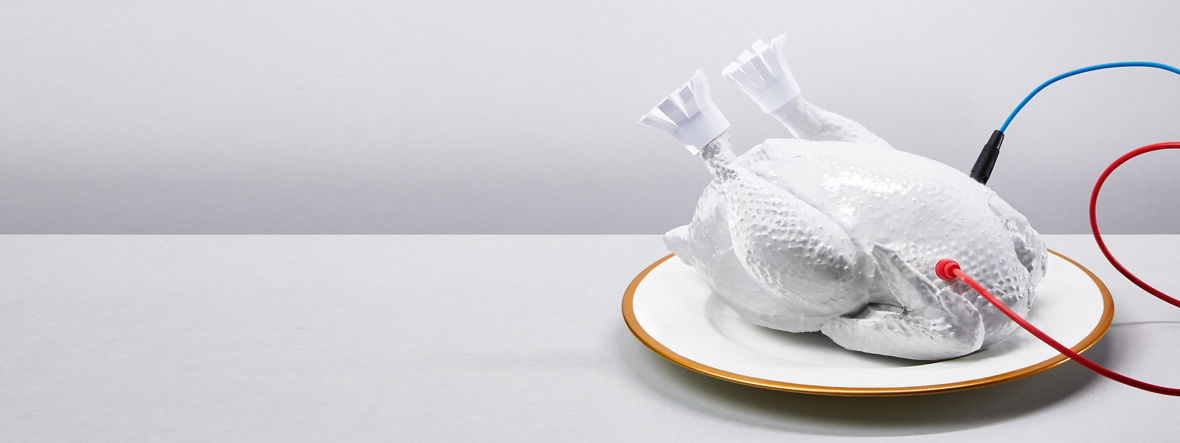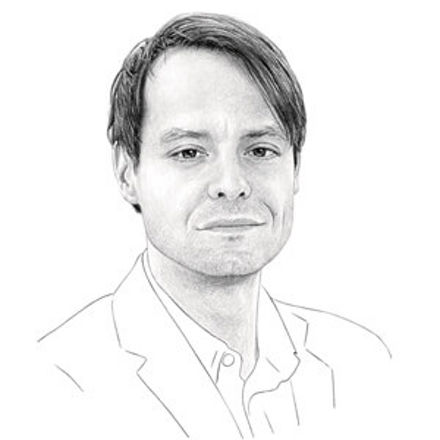But as everybody knows, you can’t live on air alone. Because people need to eat food every day, they’ve been getting their meals from fields and domesticated animals for thousands of years. However, farming consumes a lot of natural resources, burdens the environment, and often requires hard work. Besides, the produce isn’t very diverse. For example, around 60 percent of the calories and proteins that human beings get from cultivated plants come from just three crops: corn, rice, and wheat. Proteins might soon be served that don’t necessarily come from a farmer’s field. For example, the Finnish company Solar Foods promises to deliver a completely new protein-rich food that only needs electricity, air, water, and a strain of bacterium to produce.
A PROTEIN-RICH POWDER MADE BY BACTERIA
The startup, which was founded in 2017, calls its new food Solein. It is meant to provide a solution for the future feeding of humanity. The food-tech company produces a powder that looks and tastes like wheat flour. Solein is produced by means of electrolysis in which electricity—preferably from renewable resources—is passed through water to generate hydrogen. This hydrogen is then combined with CO₂, which Solar Foods extracts from the air. Added to this are a few other nutrients such as sodium as well as some nitrogen and a few vitamins. This mixture is then fed to a strain of bacterium that metabolizes it to excrete Solein as an end product. According to Solar Foods, this powder consists of about five to 10 percent fat, 20 to 25 percent carbohydrates, and 50 percent protein. At its market launch, Solein is scheduled to cost around five euros per kilogram. It can serve as the basis for bread, smoothies, pasta, and yogurt.
The founders of Solar Foods hope that their protein will also be used in the vegetarian burgers offered by Beyond Meat and Impossible Foods. These companies currently get the proteins for their meat-like patties mainly from peas, potatoes, and soybeans. However, Solar Foods has even more far-reaching ideas: The startup is convinced that its product can one day be processed in 3D printers so that food could be given a variety of textures.
ZERO-EMISSION FOOD
At the moment, the company only has a pilot plant near Helsinki, which produces one kilogram of Solein per day. According to Solar Foods, the first commercial factory will go into operation in 2021 and produce 50 million meals per year. The company plans to rapidly expand this capacity so that its fermenters will be able to produce two billion meals in 2022.
This manufacturing process could have a fascinating future, because it would enable proteins to be produced at any location that has access to water and electricity—no matter whether it is in the Arctic, in the desert or on the moon. What’s more, this kind of food production conserves resources. Solar Foods claims that only ten liters of water are needed to produce one kilogram of Solein. Producing the same amount of protein from soybeans requires 2,500 liters of water, while doing so from meat consumes around 15,000 liters. In addition, this kind of production doesn’t generate emissions as long as the electricity comes from renewable sources and the carbon dioxide is extracted from the air.
Even though we don’t yet know how Solein spaghetti will taste, the startup’s concept addresses a global challenge that we are currently facing. Those are good reasons for the Foresight team at Creavis (Evonik’s strategic innovation unit) to take a closer look at this power-to-food approach. It has great environmental and economic potential. The technology provides a future-oriented answer to the question of how the world’s population can be fed in the future. Who knows? Maybe it will be possible to live on air alone—supplemented by a few bacteria.



